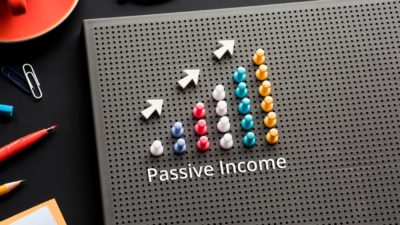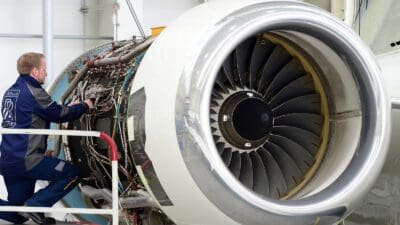Shares in Marks and Spencer (LSE: MKS) have experienced a dramatic collapse in 2022. Back in January, this stock was trading above 250p. Today, however, the share price stands at 143p.
Is it worth buying for my portfolio given that it has slumped more than 40% since January? Let’s take a look.
Marks and Spencer shares look cheap
After the recent share price fall, Marks and Spencer shares certainly look cheap. For the year ending 3 April 2023 (FY2023), City analysts expect the group to generate earnings per share of 18.1p. That gives the stock a forward-looking price-to-earnings (P/E) ratio of just eight. To put that number in perspective, the median forward-looking P/E ratio across the UK’s FTSE 100 index is about 14.2. So, there could be some value on offer here.
Meanwhile, we could see a return of dividend payments in the near future. MKS cancelled its dividend during Covid and last financial year paid no distribution to shareholders at all. It advised in its last half-year results that it was unlikely to pay a dividend for FY2022. However, analysts have pencilled in a dividend payment of 7.4p for FY2023. I’ll stress that this is just an estimate and there’s no guarantee the group will pay this. Yet if it did, that would represent a yield of around 5.2% at the current share price.
What are the risks?
Of course, just because a stock is cheap and pays a dividend, doesn’t necessarily make it a ‘buy’. I also need to look at the risks and balance them with the potential rewards on offer. And I see a few risks here at the moment.
The most obvious risk is inflation and its potential impact on consumer spending. Right now, a lot of Britons are struggling to pay their household bills due to high energy and food costs. As a result, they’re watching every penny.
This could potentially hurt Marks and Spencer, which has a higher-priced supermarket as a key part of its offer. It’s worth noting that recent data from Nielsen shows German-owned value chains Aldi and Lidl have been the best performing supermarkets recently, with sales growth of 6.4% and 9.1% respectively for the four weeks to 23 April.
A second major risk here is the company’s debt pile. At 2 October 2021, the group had net debt of £3.15bn on its books. The issue here is that UK interest rates are rising rapidly. So, this debt is going to become more expensive to service. Higher interest payments are likely to eat into profits.
Another issue for me personally is that profitability is very low. Over the last five years, return on capital employed (ROCE) has averaged just 3%. Companies that have low returns on capital often turn out to be poor investments because they don’t grow much over the long term.
MKS shares: my move now
Weighing up risk and reward here, I’m going to leave Marks and Spencer on my watchlist for now. The stock does look cheap. However, I’m convinced that there are better shares to buy today.








